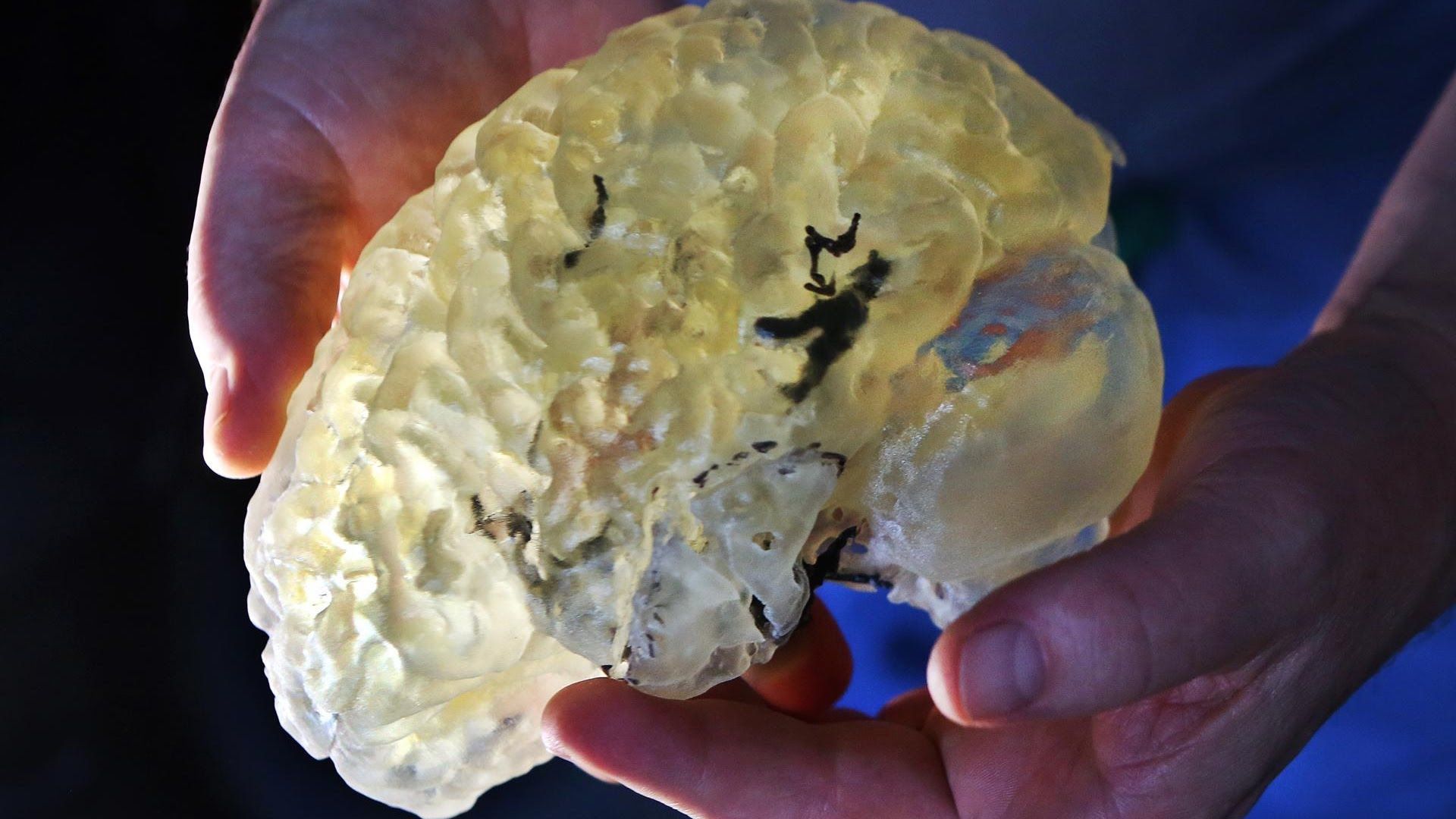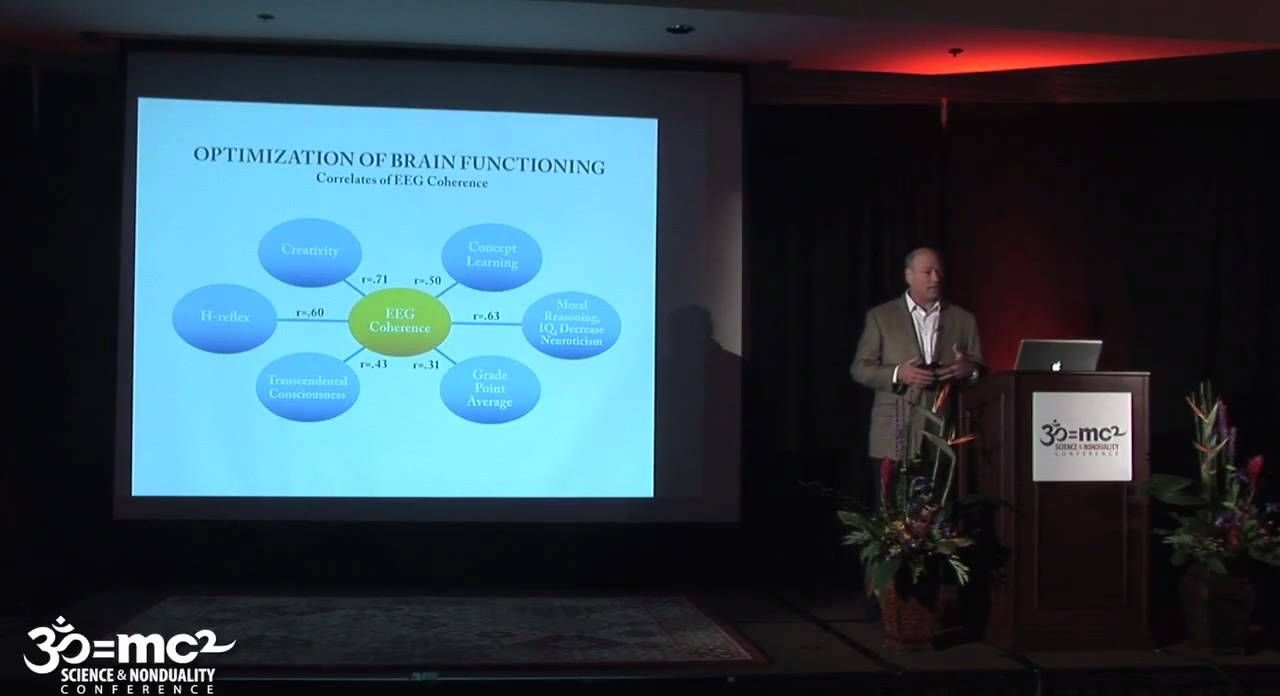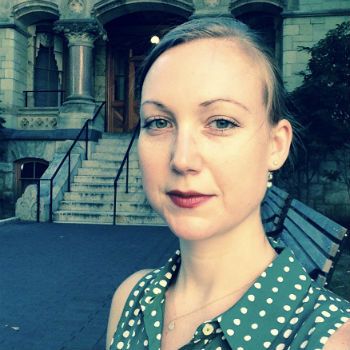Page 11385
Mar 3, 2016
3D-Printed Brain Tissue a Success
Posted by Shailesh Prasad in categories: 3D printing, biotech/medical, neuroscience

https://www.youtube.com/watch?v=ySPvBbfY2Fc
A 3D-printed layered structure that incorporates neural cells to mimic the structure of brain tissue has been created by researchers at the ARC Centre of Excellence for Electromaterials Science (ACES) in Australia, and it could have major consequences in studying and treating conditions such as schizophrenia and Alzheimer’s. The three-dimensional structure will allow scientists to better understand the complex nature of the brain and its 86 billion nerve cells. We look at the benefits and risks of this scientific breakthrough on the Lip News with Jose Marcelino Ortiz and Jo Ankier.
http://motherboard.vice.com/read/researchers-are-getting-clo…ing-brains
Mar 3, 2016
Is Consciousness the Unified Field? A Field Theorist’s Perspective — John Hagelin, SAND11
Posted by Shailesh Prasad in categories: cosmology, neuroscience, physics

http://www.scienceandnonduality.com
John Hagelin, Director of the Institute of Science, Technology and Public Policy Director of the Board of Advisors for the David Lynch Foundation.
The Portal Future Food focuses on different possibilities for replacing animal products with products that are not derived from animals.
Mar 2, 2016
Want To Hack The Pentagon? New Defense Department Program Challenges Hackers To Breach US Cyber Security
Posted by Karen Hurst in categories: cybercrime/malcode, military
A challenge by the US Pentagon.
A new Defense Department competition will invite vetted hackers to find vulnerabilities in U.S. cyber security.
Mar 2, 2016
Diffie, Hellman win Turing Award; cryptography research update
Posted by Karen Hurst in categories: encryption, quantum physics
Cryptography research panel at RSAC 2016 features debate on Apple vs. FBI, Juniper backdoor, and quantum crypto, and Diffie, Hellman nab Turing Award.
Mar 2, 2016
How to Measure the Gravitational Field of a Quantum Object
Posted by Karen Hurst in category: quantum physics
Measuring devices have become sensitive enough to detect the gravitational forces between tiny objects and may soon cross the quantum threshold.
Mar 2, 2016
The nanolight revolution is coming
Posted by Karen Hurst in categories: biotech/medical, particle physics
P-Dots v. Q-Dots;
Virus-sized particles that fluoresce in every colour could revolutionize applications from television displays to cancer treatment.
Mar 2, 2016
Penn philosopher sheds new light on robots, artificial intelligence
Posted by Karen Hurst in categories: computing, robotics/AI
Very glad to see this article released. When I look at technology I have to look at their value (short & long term), cost & time to develop, usability and adoption potential, and risks & liability as well as their revenue potential & longevity in the market. In order for robots to have broader adoption by consumers and longevity in the future; development groups will need to design & develop robots that are more personable & multi-functional for consumers and companies. We still have a long ways to go.
What role does a philosopher play in building robots? If you’re Lisa Miracchi, an assistant professor in the Department of Philosophy in the School of Arts & Sciences, more than you might think.
When scholars began studying human intelligence, Miracchi says two schools of thought emerged: One group said human beings are simply computers, with mental states and actions explained in computational terms. The other camp believed that intelligence and the ability to think makes humans more than just computers.
Continue reading “Penn philosopher sheds new light on robots, artificial intelligence” »
















